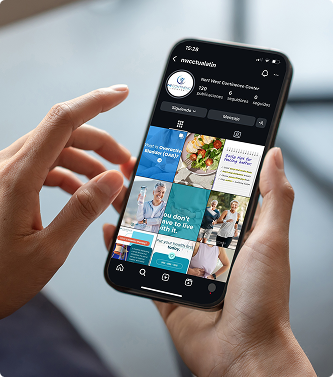How Nerve Blocks Can Restore Pain-Free Movement

If you’re struggling with chronic or complex pain that hasn’t responded to other treatments, a nerve block might offer the relief you’ve been looking for. This technique targets specific nerves to reduce pain signals and improve your ability to move freely.
At Spinal Diagnostics, our experienced team uses targeted nerve blocks to treat a range of conditions — from back and neck pain to more localized issues in the limbs or joints. These injections can provide fast-acting relief and help you regain your quality of life.
What Are Nerve Blocks?
A nerve block is an injection that delivers anesthetic and/or anti-inflammatory medication directly to a nerve or group of nerves that’s responsible for your pain. The goal is to “block” the pain signals from reaching your brain.
There are different types of nerve blocks, including:
- Diagnostic blocks – used to pinpoint the exact source of your pain
- Therapeutic blocks – used to provide longer-term relief and reduce inflammation
- Sympathetic blocks – used to address nerve pain from the sympathetic nervous system
The procedure is typically done in our clinic and takes only a few minutes. You may feel immediate relief or gradual improvement over a few days.
Conditions Treated With Nerve Blocks
Nerve blocks can help manage pain from a wide variety of conditions, including:
- Herniated discs
- Spinal stenosis
- Sciatica
- Complex Regional Pain Syndrome (CRPS)
- Post-surgical nerve pain
- Chronic headaches or migraines
These treatments can also be part of a comprehensive plan that includes physical therapy, medications, or minimally invasive procedures.
Benefits of Nerve Blocks
Many patients report significant benefits from nerve blocks, such as:
- Quick reduction in pain
- Improved mobility and range of motion
- Decreased need for oral pain medications
- Improved sleep and daily function
In some cases, repeated nerve blocks can offer longer-term relief, especially when paired with other therapies that support healing and recovery.
If you’re ready to move beyond chronic pain and explore whether a nerve block might be right for you, contact Spinal Diagnostics today to schedule a consultation.

